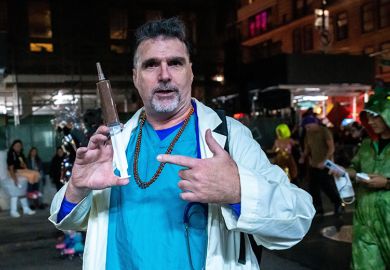Geoffrey Alderman makes an interesting case for legalising the use of performance-enhancing drugs in sport and academia ("Dope and glory", 8 May), although personally I find the headaches induced by the stimulant modafinil more of a hindrance than a benefit to my work.
But he is wide of the mark if he thinks that those, including Dwain Chambers, who were caught using the new steroid tetrahydrogestrinone (THG) were victims of a "natural injustice". This is, to use his own words, "palpable nonsense". It is true that THG was not listed as a prohibited substance by the World Anti-Doping Agency. Indeed, how could it be as it was specifically manufactured for the first time by those involved in the scandal? However, the World Anti-Doping Agency and the International Association of Athletics Federations have long stated that it is the class of anabolic steroids that is banned; they cannot be expected specifically to list every possible compound that chemists might manufacture. The athletes and coaches were well aware that THG was a prohibited substance, which is why they were so secretive about its use (until shopped by one of their own colleagues late in the day).
Register to continue
Why register?
- Registration is free and only takes a moment
- Once registered, you can read 3 articles a month
- Sign up for our newsletter
Subscribe
Or subscribe for unlimited access to:
- Unlimited access to news, views, insights & reviews
- Digital editions
- Digital access to THE’s university and college rankings analysis
Already registered or a current subscriber?



